Age expectancy in invertebrates
Age expectancy with invertebrates
With invertebrates the age expectation is such a thing. It cannot be determined 100%, because shrimps, crabs, snails, crabs and mussels - in contrast to mammals like dogs, cats or horses - are cold-blooded animals, which cannot heat their bodies themselves and therefore are only as warm as the ambient temperature. Unlike land-dwelling animals such as snakes and lizards, a dwarf shrimp cannot simply sit in the sun to recharge its batteries. It is always dependent on the water temperature.
Depending on the water temperature is of course also how fast their metabolic processes run. For digestion, the production of enzymes, the pre-production of eggs, for its entire life, the invertebrate needs energy. The warmer the environment, the more energy is also available for metabolism, and the faster metabolic processes can occur. For example, higher temperatures shorten the gestation period of a female shrimp, crab or crab, and snails also hatch faster - however, the higher the temperature, the shorter the animal's life span. Therefore, our information on the life expectancy of animals always refers to an approximate lifespan at the average recommended keeping temperature.
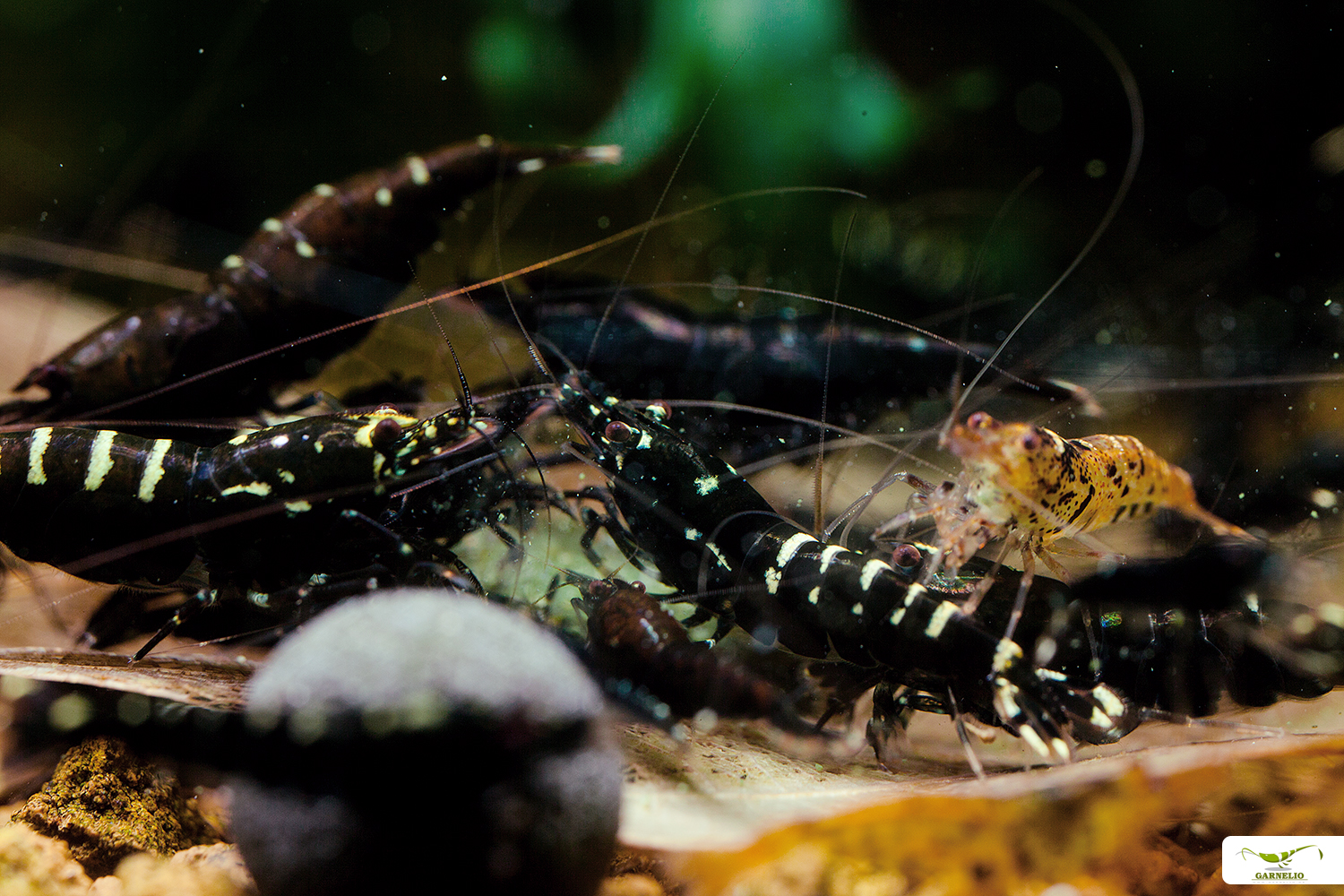
Dwarf shrimp, fan shrimp and large arm shrimp
The life expectancy of dwarf shrimp such as Red Fire, Bumblebee Shrimp, Tiger Shrimp or even Bee Shrimp such as Red Bee and Black Bee is usually eighteen months to two years. Amano shr imp are an exception to this rule. In aquaristics, there are reports of animals that have lived over eight years. Larger shrimp such as Monster Fan Shrimp or Moluccan Fan Shrimp also live well over two years, with reports in the literature of up to nine years. Mostly, however, fan shrimp are wild-caught, of which the exact age is not known when they come into aquaristics - actually, they become even older. Large-armed shrimp do not live quite as long, at up to two years.
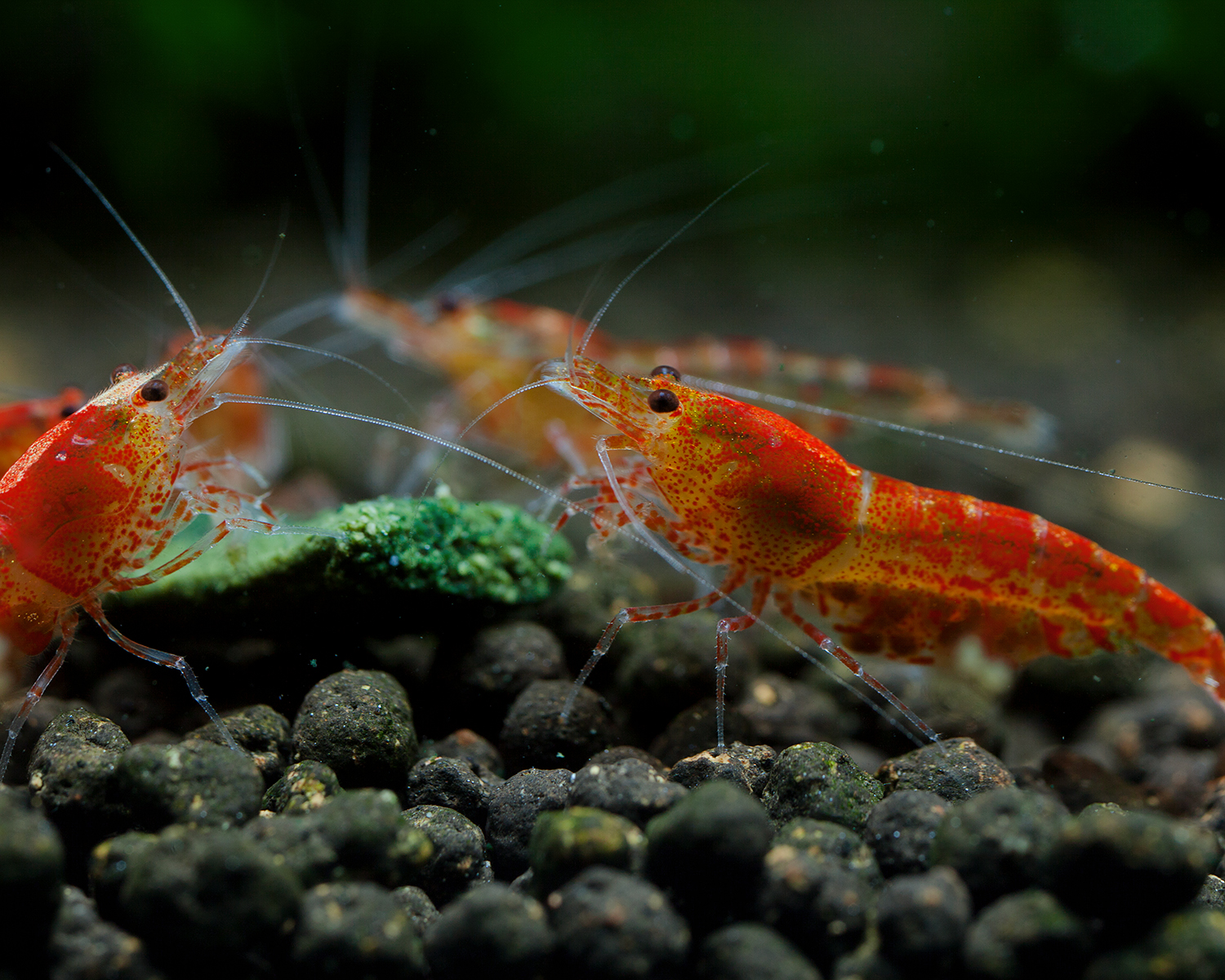
Age expectation dwarf shrimps and large shrimps
Dwarf crayfish such as the Cambarellus patzcuarensis "orange", the CPO, the Cambarellus shufeldtii and the Cambarellus puer are also not particularly long-lived with eighteen months to two years life expectancy. Even large crayfish like the Cherax snowden, the Cherax Blue Moon, the Florida crayfish Procambarus alleni or the Procambarus clarkii do not live significantly longer. For the marble crayfish, the record life expectancy is just over four years - however, this long life span is only achieved under truly optimal husbandry conditions. Stress has a life-shortening effect on crayfish, which is why optimal structure in the aquarium is so important to allow these territorial loners to get out of each other's way. Keeping them singly significantly reduces stress and can contribute to a longer lifespan.
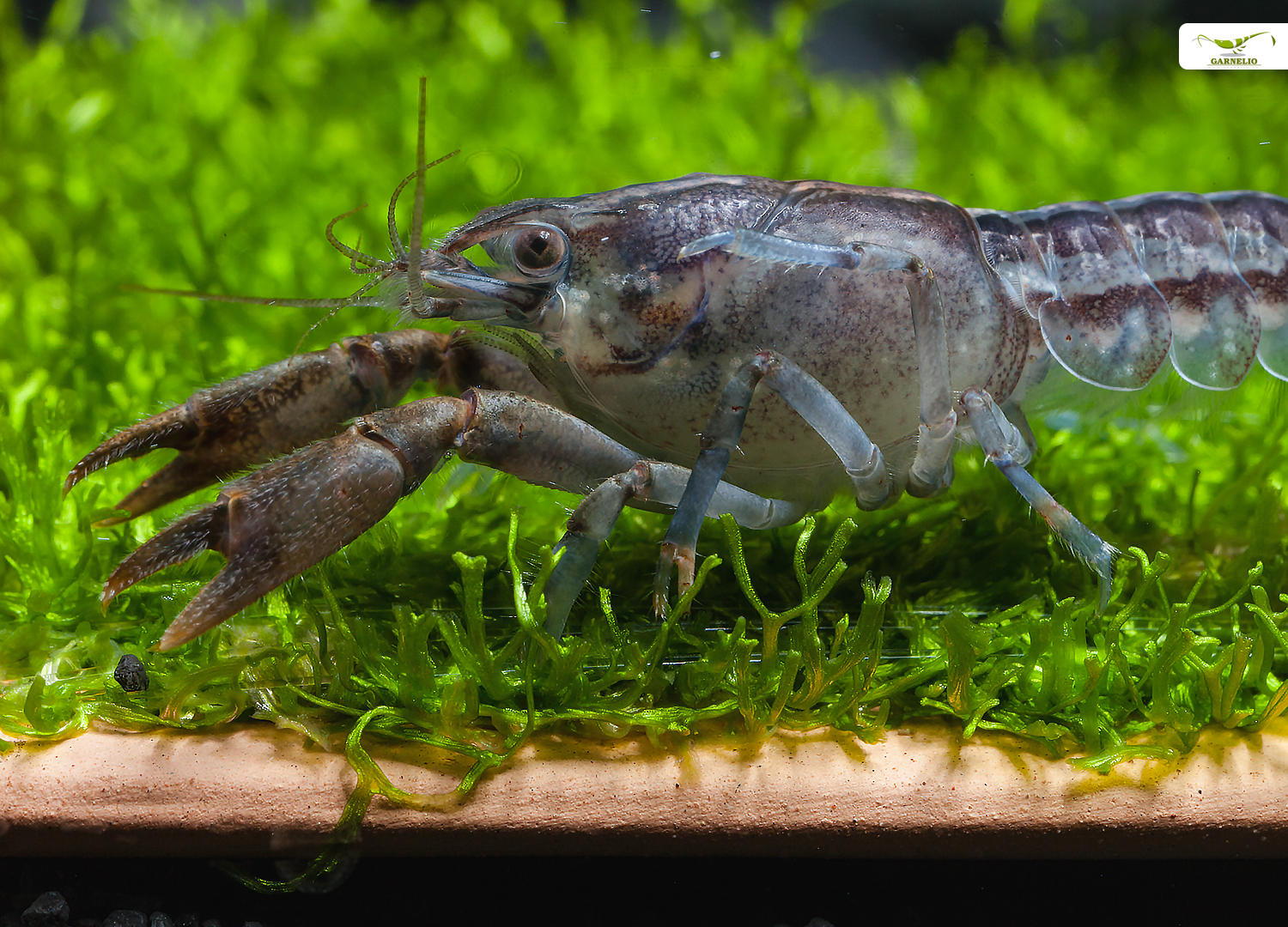
Age expectancy crabs
With crabs, the picture is somewhat different. Here there are species like the different species of the genus Geosesarma, but also mangrove crabs like Neosarmatium africanum or Pseudosesarma species, which live only three or four years, like but also species that can become amazingly old. Especially large crabs like the Harlequin crab (Cardisoma armatum), for example, can reach an age of 10 years if kept well - something to keep in mind when planning.
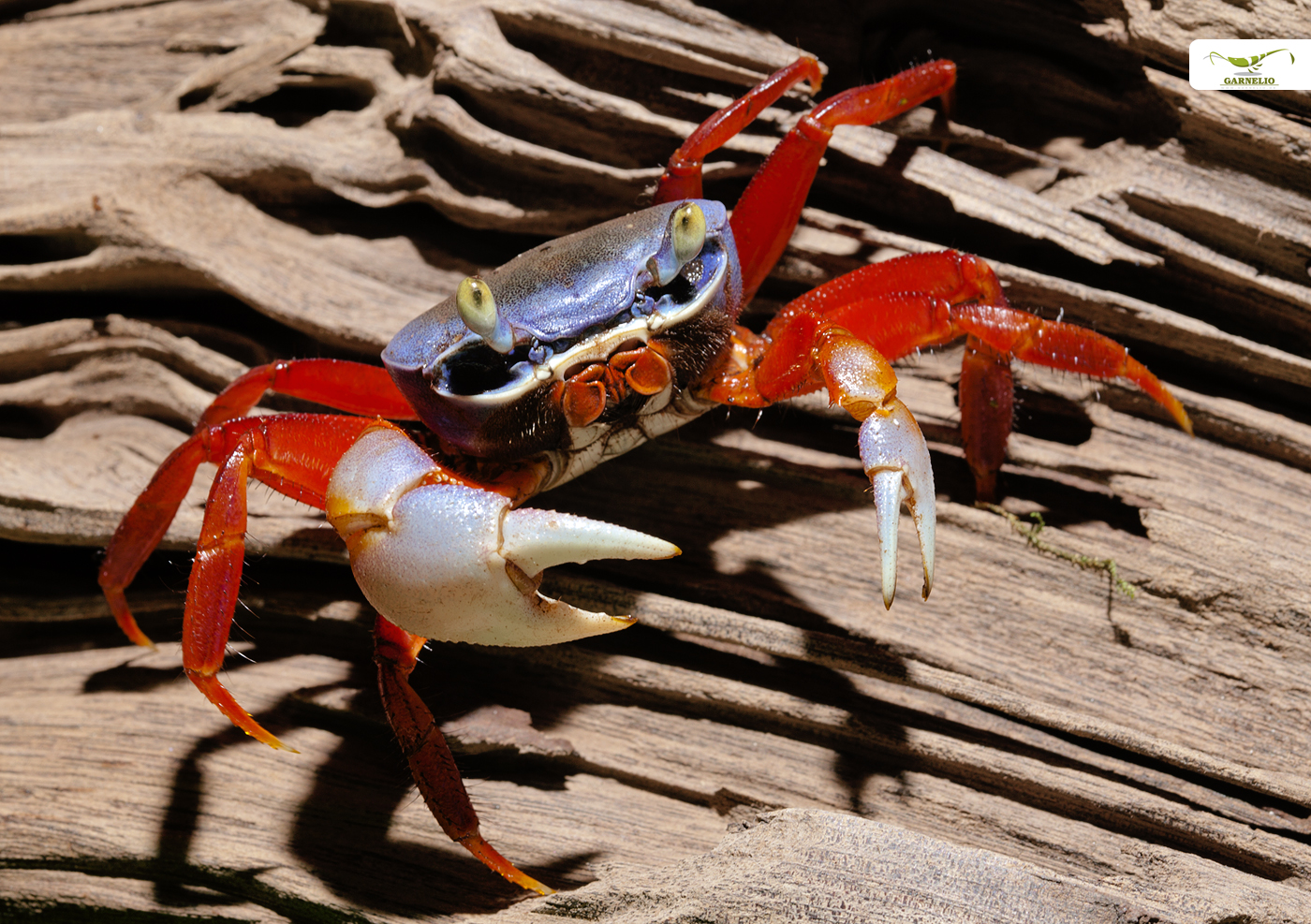
Age expectation snails
A variable picture can also be seen with snails. Apple snails like Marisa cornuarietis or Asolene spixi do not become very old. With about two years they usually have reached the end of their life, as well as post horn sn ails or even bubble snails. On the other hand, racing snails become very old once they are well acclimated and well fed. Eight years and more are not uncommon. Since racing snails are without exception wild caught, it can be assumed that the rather slow growing animals are already several years old when imported and can reach between ten and twelve years, if not more.
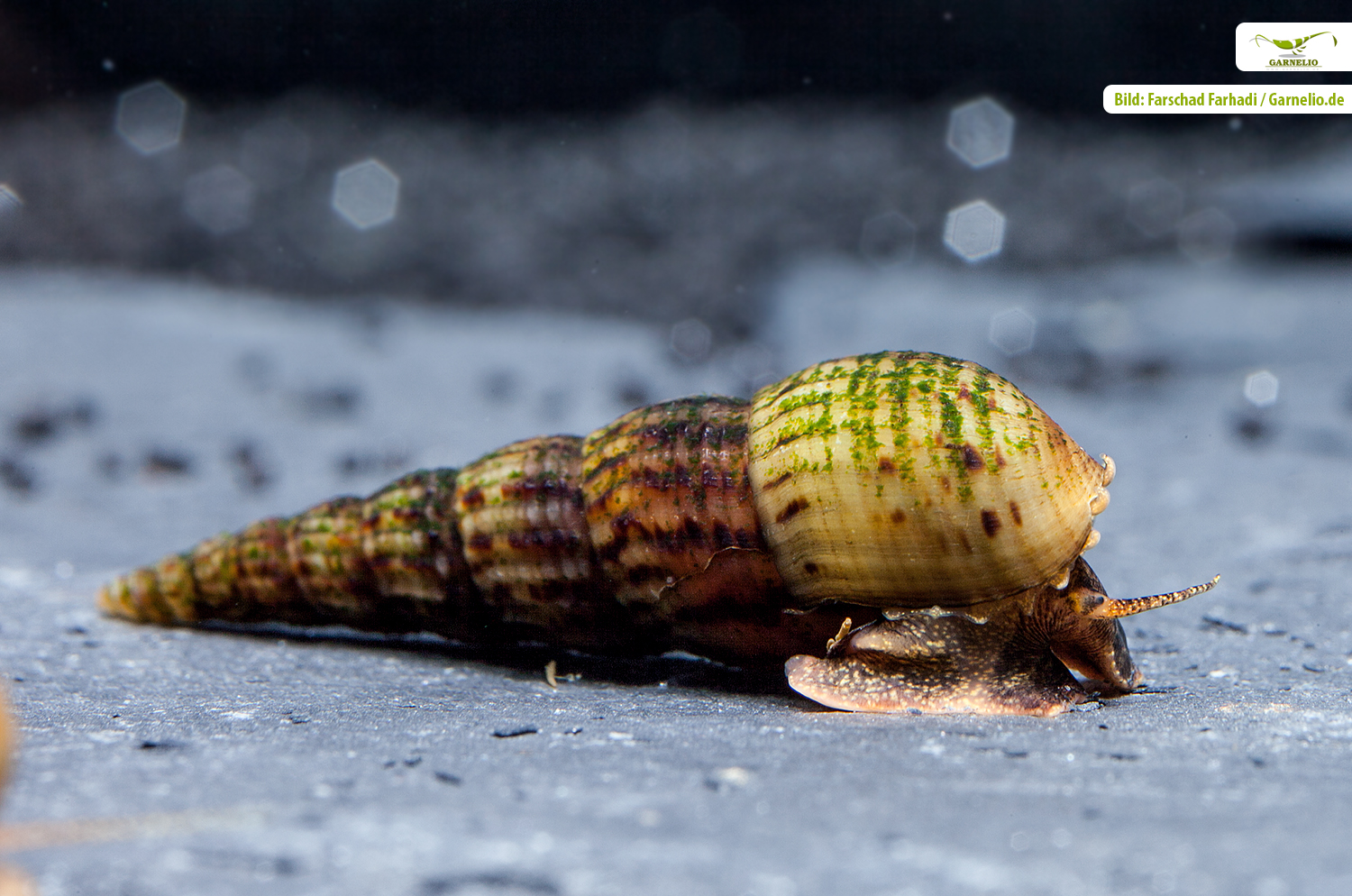
Age expectation mussels
Mussels can become very old in nature, especially the large species. In the aquarium, unfortunately, things often look a little different, as the animals are quite short-lived if not fed appropriately. We recommend Natureholic mussel feed when keeping mussels. The golden as well as the bright basket mussel, however, is very persistent and even reproduces in the aquarium. Cockles and other tropical mussels can also live for several years with good, adapted daily feeding.
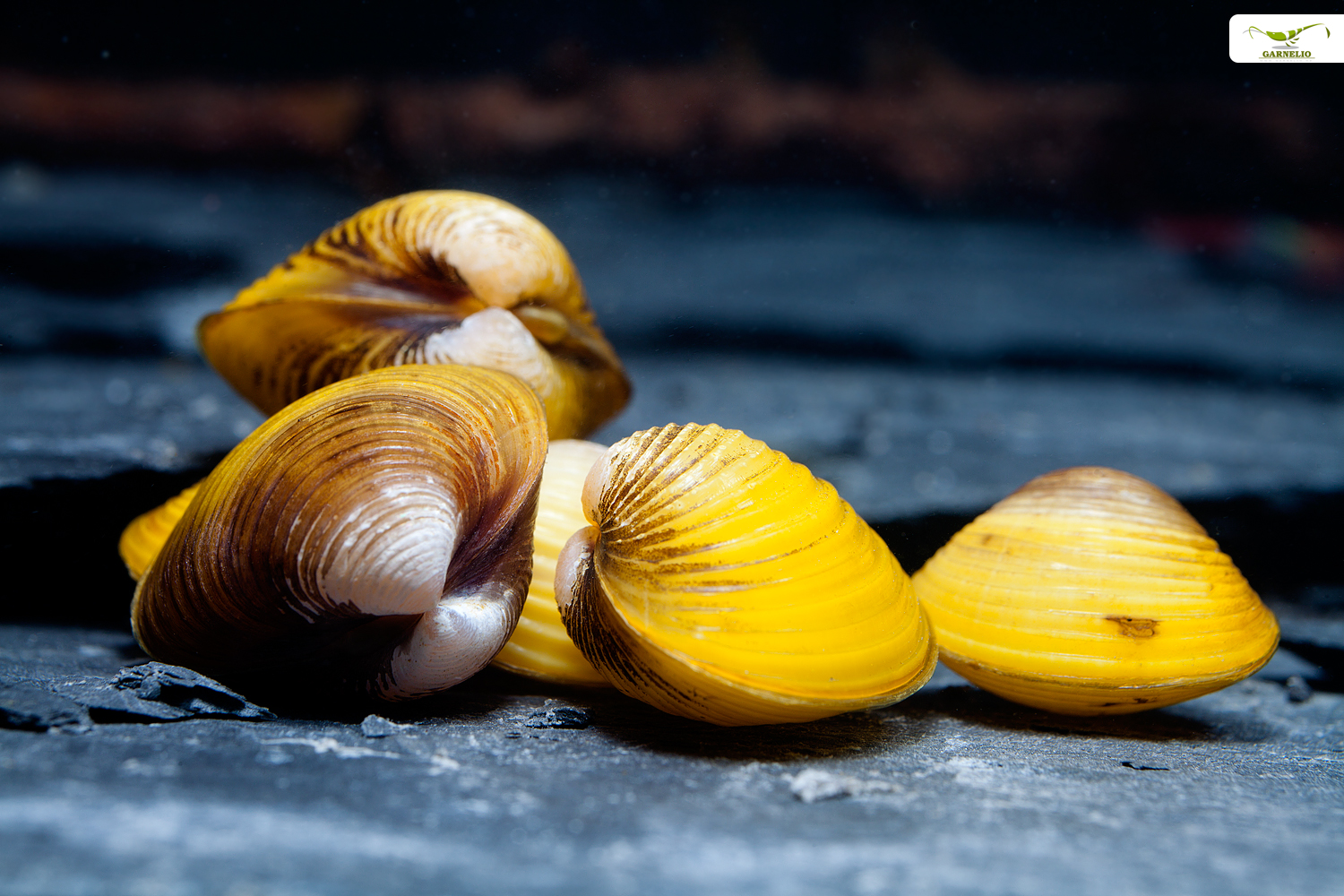

Guter interessanter Überblick
Sehr interessanter Bericht, einzig bei der Lebenserwartung der Cherax Snowden bin ich etwas anderer Meinung. Mein Sohn hat welche in seinem AQ, die mittlerweile ca. 6 Jahre alt sind. Das Becken ist ohne Heizung und er füttert sie auch nur unregelmäßig.